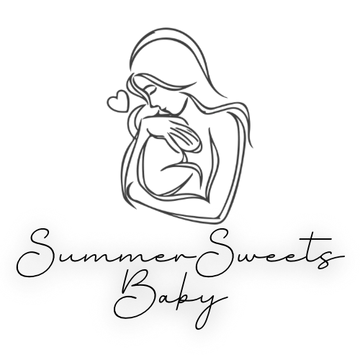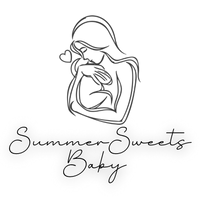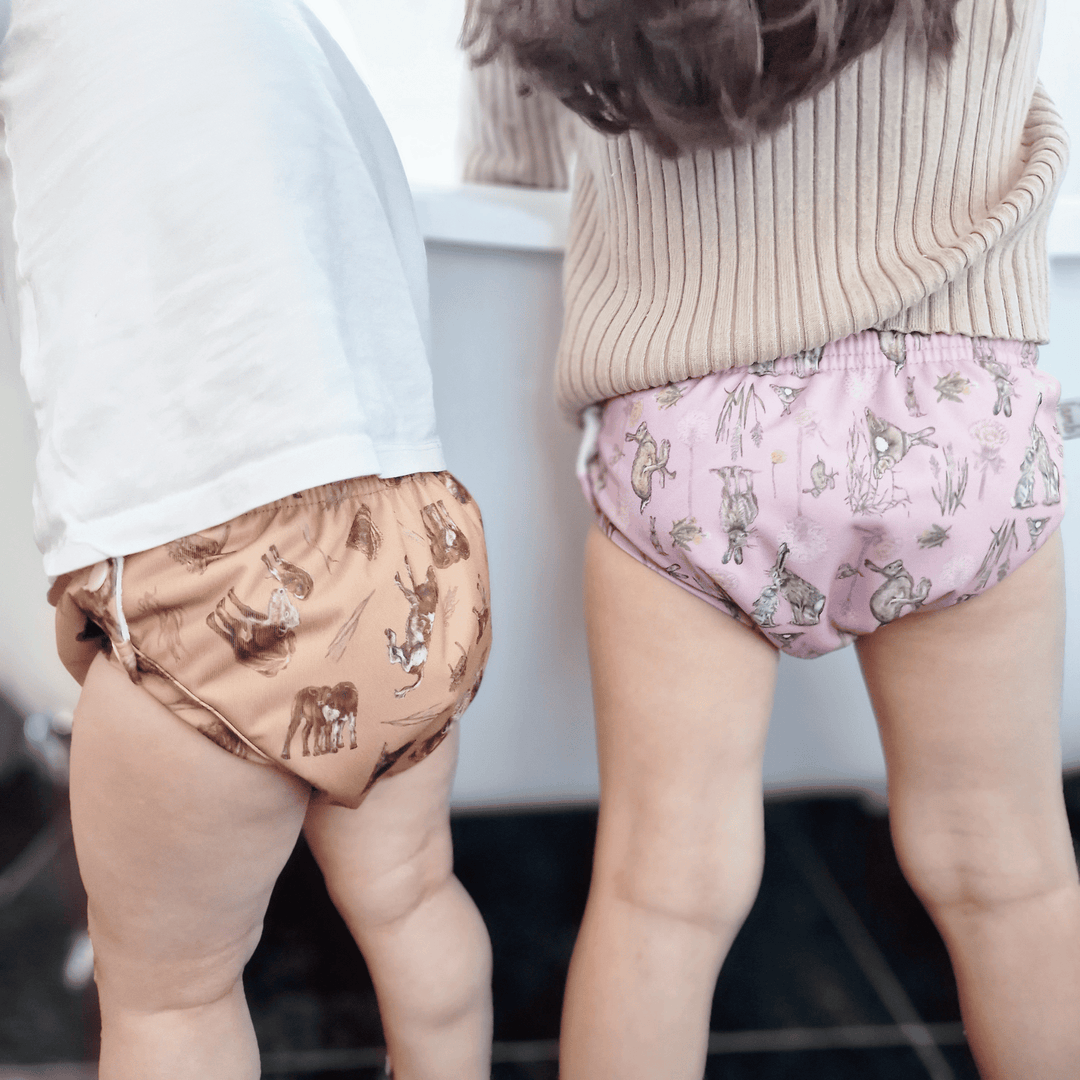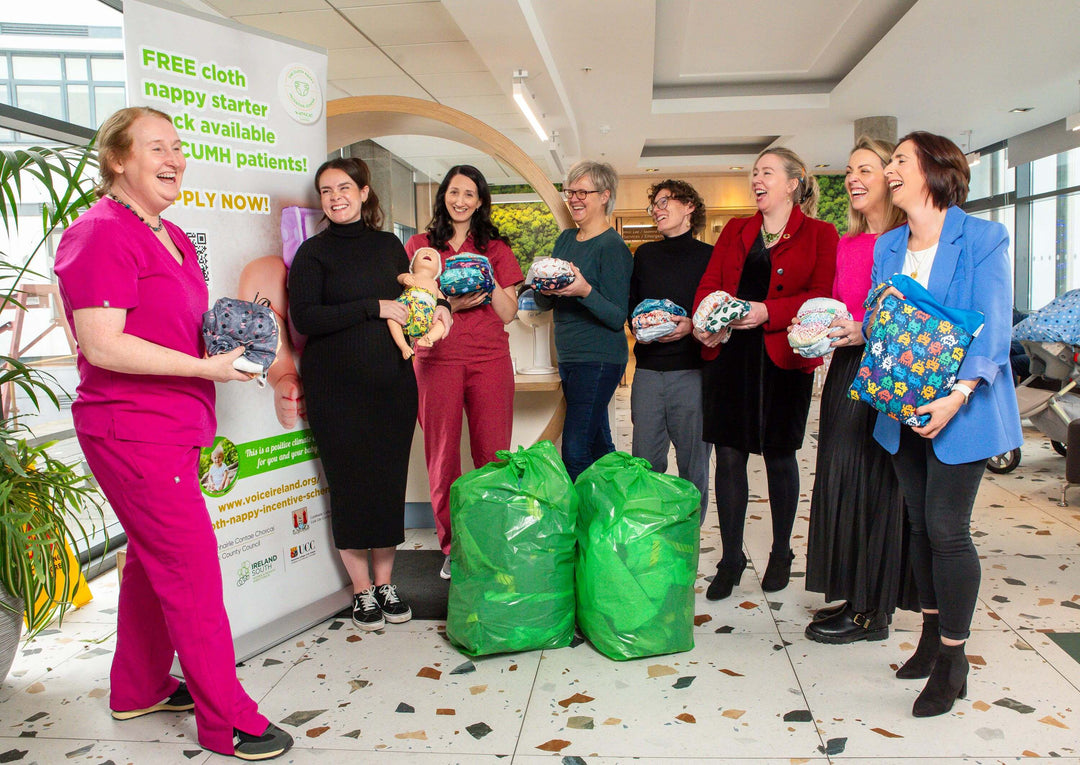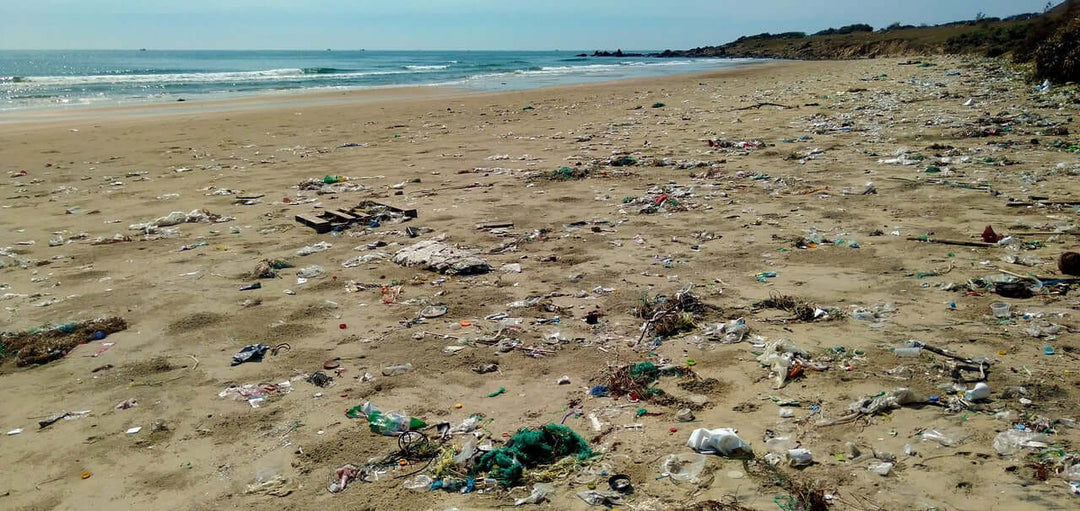How and When You Should Strip Your Reusable Nappies
What Exactly Does Stripping Reusable Nappies Do?
Stripping cloth nappies is a process of removing the build-up of oils, creams, and minerals from the fibres of the nappy. The build-up can make your cloth nappies less absorbent and may cause repelling issues leading to leaks and frustration. When you have issues pertaining to buildup or repelling, you may want to consider stripping your nappies with a strip wash.
When Should I Consider Stripping My Nappies?
- You've purchased pre-loved nappies. Even if you find out their wash routine, you may want to perform a strip wash to ensure they're cleaned properly. Warranties don't normally transfer from original purchaser to second hand buyer, so warranties normally aren't an issue here.
- Your baby has a yeast infection. Removing yeast requires a deeper clean than detergents can give. If you know your baby is on the verge or has a yeast infection, you may continue using cloth nappies or even momentarily swap to single-use nappies if you're worried about having to strip your nappies.
- Ammonia smell. Removing the smell requires a strip wash as well as figuring out how to adjust your wash routine as it wasn't doing its job effectively enough.
- Stubborn mould. If you have mould showing up on your nappies, consider a strip wash and perhaps wash more frequently or change how you store between washes.
How to Perform a Strip Wash:
There are two ways to perform a strip wash, one utilising bleach and one without. We recommend using the method without bleach first as it does not void any warranties and if needed, consider a bleach strip wash, but please note, we do not recommend it and it will void most warranties with your reusables. A bleach strip wash will also sanitise your nappies.
Stripping Your Nappies without Bleach (Recommended):
- Rinse your nappies in a cool wash cycle, most likely the same as your pre-wash.
- Perform a long, hot wash with a full dose of your detergent. This should be done with a bio detergent if possible and at 40-60*C.
- Perform the same long, hot wash with NO detergent. Again, ideally at 40-60*C. You may add some soda crystals if you have hard water.
- Once complete, you can line dry or place the nappies in the dryer according to manufacturer recommendations.
Stripping and Sanitising Your Nappies with Bleach:
- Start with clean nappies (do your normal wash routine first).
- Since most Irish/European homes have a front loading machine, we suggest using a bathtub or large vessel that will hold your mixture and the nappies safely with some extra room at the top.
- Create a mixture of cold water and a small amount of thin (NEVER thick) bleach. You'll want a small amount of bleach (no more than 1/2 cup) and your tub to be about 1/2 full. Stir the mixture carefully. If using a smaller tub, measure 1 TBSP per c. 4 litres of water.
- Add the cloth nappies to the tub and leave for no longer than 30 minutes.
- Rinse the nappies thoroughly in hot water to remove all traces of bleach. You may do this in your washing machine.
- If you wish to sanitise the nappies afterwards (which will also help remove any traces of the bleach, follow our other article).
Please Note:
- Avoid using thick bleach.
- Over stripping can cause harm to the nappies and damage them.
- Stripping should not be done frequently as it can weaken the fibres and shorten the life of the cloth nappies.
- If you have a good wash routine, you should not need to strip your nappies. If you need help with one, please contact us!
In conclusion, stripping cloth nappies is an important step in maintaining their functionality and longevity, but only when required. By following these steps and knowing when to strip, you can ensure that your reusable nappies are in great condition and ready to use.
